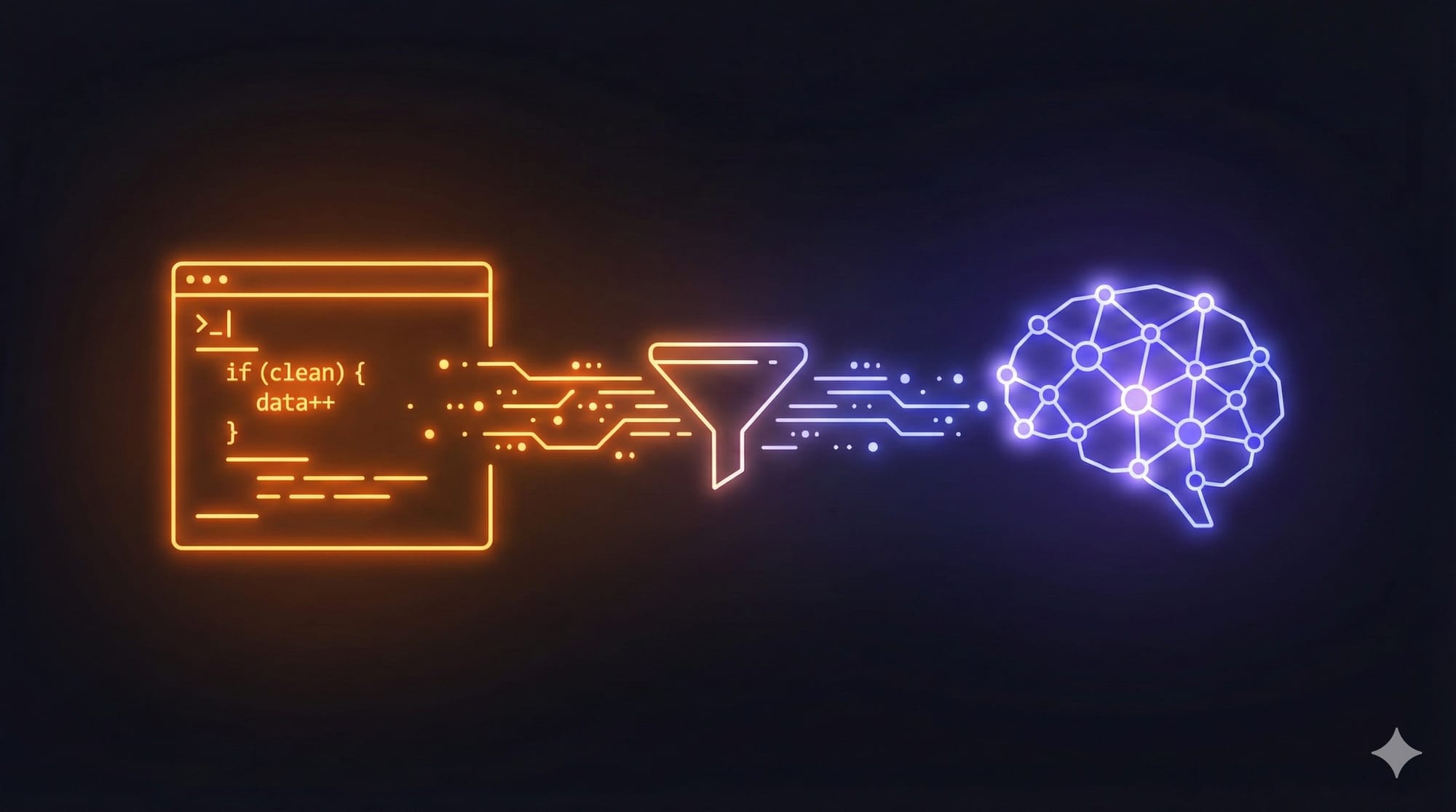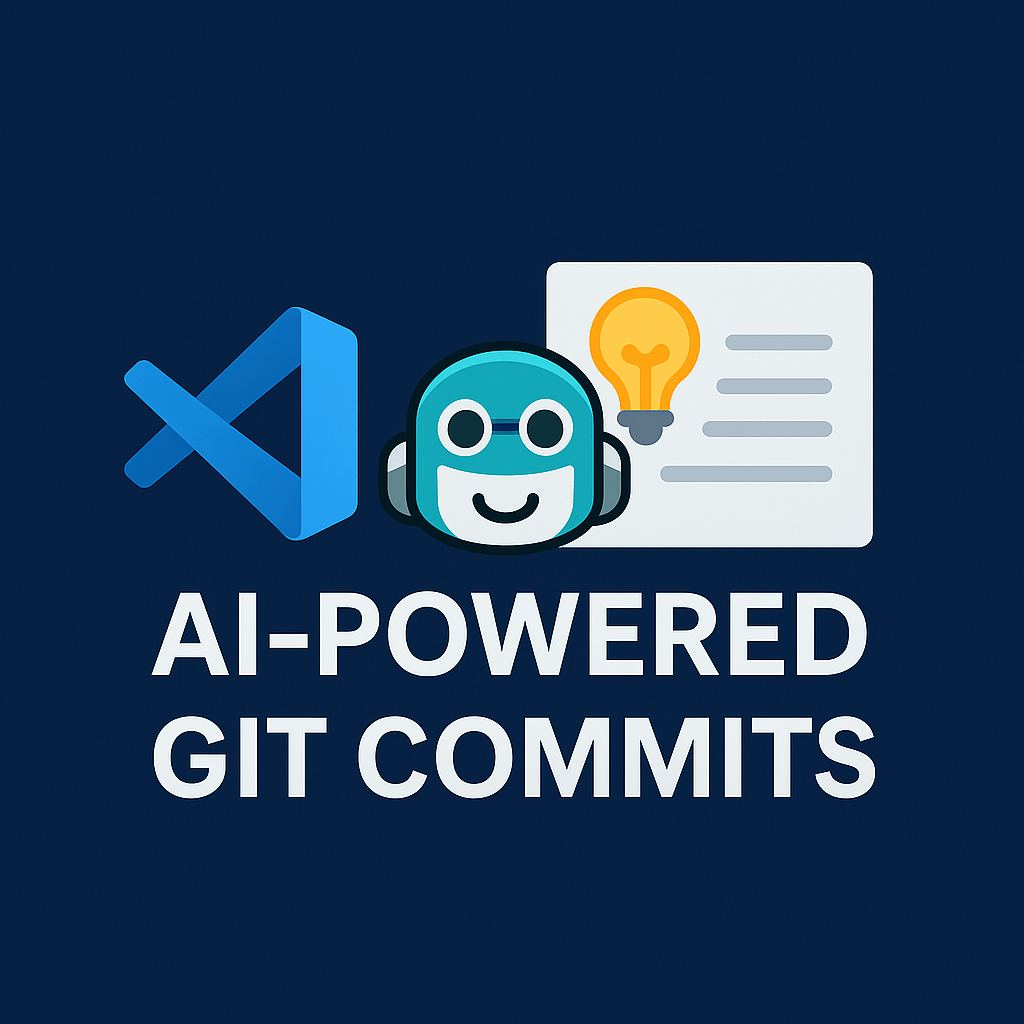In the world of programming, the search for efficiency is a constant. Developers often face the decision to write highly optimized but less readable and maintainable code, or prioritize clarity and ease of maintenance to the detriment of efficiency. In this article, I will present my arguments to justify why in most software projects it is more important to prioritize the optimization of code for humans instead of doing it for machines, highlighting the benefits of maintainability and readability in software development, and why this practice in most cases exceeds the advantages of efficiency.
Long-term maintainability
One of the main arguments in favor of prioritizing the readability and maintainability of the code is the fact that the useful life of most software projects extends far beyond the initial phase of development. As a program evolves and is updated, development teams change, and new developers join the project, a quick and accurate understanding of existing code becomes a critical factor.
If you opt for an extreme optimization approach that sacrifices clarity, it is likely that unnecessary obstacles will be created for future developers. This can result in an increase in maintenance costs, since troubleshooting, bug fixes and updates become more difficult and error-prone.
Effective collaboration
The readability of the code is essential for effective collaboration in software development. Development teams are usually made up of multiple members who work in different parts of the project. The clarity in the code facilitates communication between developers and allows a better understanding of how the various parts of the system work.
When the code is illegible or lacks adequate feedback, collaboration becomes less efficient. Developers can waste time trying to understand what a colleague did or debug problems that could have been avoided with clearer code.
Time and resources
Although extreme optimization can offer efficiency gains in terms of execution speed, these gains are often negligible compared to the time and resources needed to achieve that optimization. The search for extreme efficiency usually requires more development time, which can delay the delivery of the final product.
In addition, the time invested in extreme optimization could be used more effectively in improving functionality, correcting errors or implementing additional features that provide real value to the end user.
Adaptability and scalability
The prioritization of readability and maintainability also translates into greater adaptability and scalability of the software. A well-structured and easy-to-understand code is easier to modify and expand according to the changing needs of the project. In contrast, an excessively optimized code could require significant rewriting to make changes, resulting in greater rigidity and additional costs.
The lowest cost of hardware versus the salary cost of development
In the constant search for efficiency in software development, it is essential to consider how the lower price of hardware today can influence our decisions about code optimization. The reality is that the cost of human resources, in terms of salaries and benefits, is considerably higher than the cost of the hardware needed to run most modern applications.
The evolution of hardware
The technology industry has witnessed surprising advances in computing power and storage capacity over the years. What used to require expensive servers and high-performance equipment in the past, can now be run effectively on much more affordable hardware. Cloud servers and cost-effective web hosting options have democratized access to state-of-the-art hardware resources.
The cost of software development
On the other hand, the cost of hiring and retaining highly trained software developers has increased significantly. Developers are a valuable resource and competitive salaries, benefits, training and retention are essential investments for companies. In addition, as technology advances, the demand for specialized developers also increases, which can lead to greater competition and even higher costs.
Balance between human resources and hardware
From this perspective, the decision to prioritize the optimization of the code for humans, focusing on readability and maintainability, makes even more sense. Even if additional hardware is required to maintain optimal performance, this cost is usually lower compared to the salaries and expenses associated with software development.
When we optimize the code to be clearer and easier to maintain, we reduce the time that developers must invest in understanding and modifying the existing code. This translates into a more efficient use of human resources and, ultimately, long-term cost savings.
Conclusions
While the efficiency in the execution of the code is still important, the cost-benefit ratio of investing in more powerful hardware instead of additional human resources is increasingly evident. Current technology gives us the ability to run applications efficiently on affordable hardware, while the cost of developers remains a significant factor in the development budget.
Therefore, prioritizing code optimization for humans, by improving readability and maintainability, becomes an intelligent economic strategy that benefits both the company and developers, by ensuring efficient and sustainable software development in the long term.
Thanks for reading me 😊






Discussion